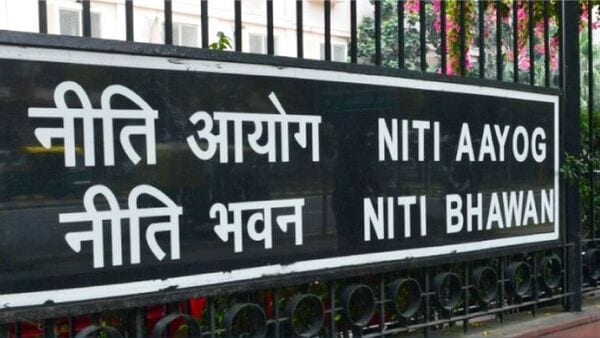India’s Potential in the Global Tools Trade
India’s potential to become a major player in the global tools trade has gained new momentum with the release of a report by Niti Aayog. As China grapples with tariffs and escalating costs, India’s central government think tank suggests that the country can establish a $25-billion export-driven tools industry by 2035. This shift requires overcoming existing barriers and cost disadvantages through bold policy reforms, manufacturing clusters at a global scale, and enhanced public-private collaboration.
The tools industry in India, encompassing hand-held equipment used for drilling, cutting, fastening, and more, supports both industrial and everyday tasks. Despite an existing global market standing at $100 billion in 2022 and projected to reach $190 billion by 2035, India’s share remains minor, with exports valued at $600 million in hand tools and $425 million in power tools.
Global Trade Dynamics
China, with nearly 50% market dominance in the tools industry, represents a considerable challenge. Yet, recent shifts—such as imposed tariffs on Chinese products and rising domestic costs—present India with a unique opportunity to redefine its market status.
Strategic Proposals
Niti Aayog’s report, titled “Unlocking $25+ Billion Exports: India’s Hand & Power Tools Sector,” was drafted in collaboration with the Foundation of Economic Development. The report emphasizes India’s untapped potential while pointing out strengths such as low-cost labor, an expanding manufacturing base, and strategic trade positioning.
The think tank recommends building a competitive ecosystem that enables India’s tools industry to address skill and infrastructure gaps and to compete globally. A strategic framework focusing on three pillars is suggested:
- Building world-class industrial clusters
- Reforming structural cost barriers
- Providing targeted support where necessary
Bridging the Cost Gap
By implementing these strategies, the report aims to bridge the 14-17% cost gap with international competitors and position India as a hub for high-quality, cost-effective tools. The tools industry is posited as not just an economic catalyst but a vehicle for inclusive growth, potentially empowering small and medium enterprises in regions like Punjab and Maharashtra.
Driving Inclusive Growth
Niti Aayog highlights the transformative role the tools industry can play in India’s economic landscape. The sector stretches across essential markets, such as infrastructure and automotive, holding the key to significant economic value. This underutilized driver for growth is crucial for India’s aspirations on the global manufacturing and trade stage.
A Defining Economic Juncture
The report suggests that India is at a pivotal point in its economic journey. By harnessing latent potential, the country is poised to emerge as a global leader in manufacturing and trade. The tools industry serves as both a practical industrial component and a strategic economic element, key to unlocking substantial value across various sectors.
For continuous updates and in-depth reports on India’s evolving economic landscape, subscribe to fintechfilter.com.







